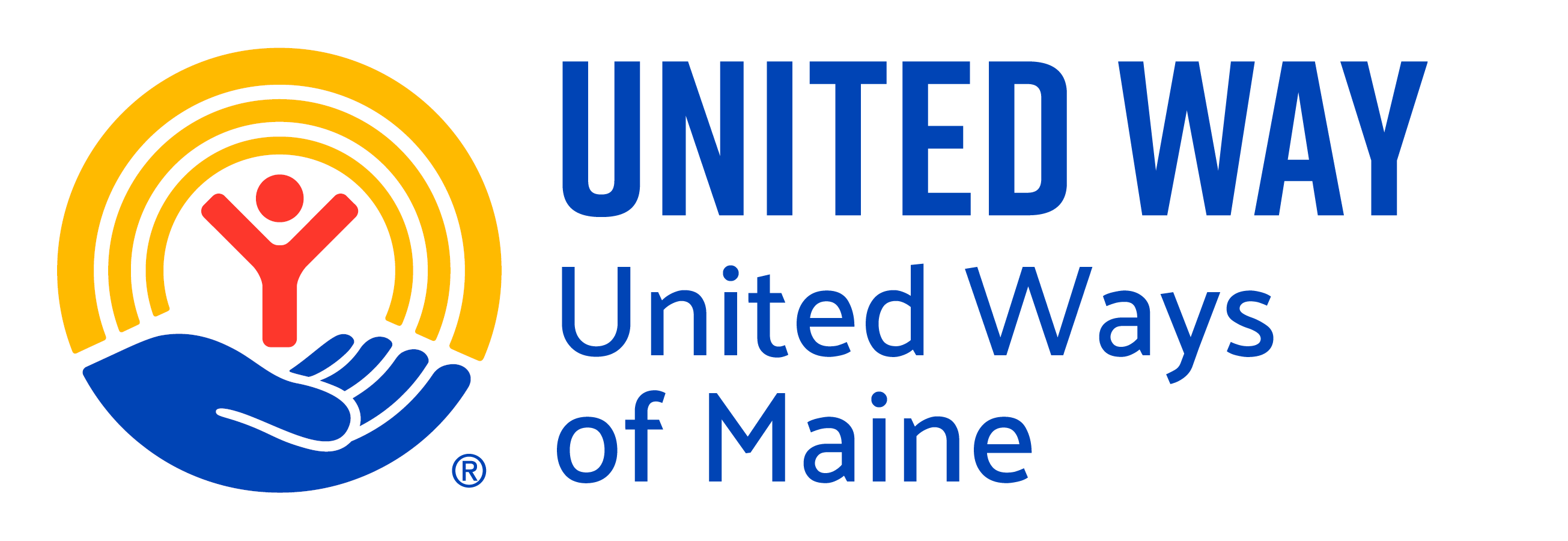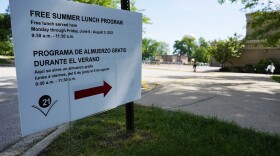Every day, 40% of Maine households make tough choices, such as deciding between quality child care and paying the rent. This population is known as ALICE — Asset Limited, Income Constrained, Employed.
ALICE households represent a growing number of people who work as our teachers, child care providers, health care professionals, retail workers, and more. They are essential to Maine’s economy and daily life. Yet, they live paycheck to paycheck and have little to no opportunity to save for emergencies or future investments like education, home ownership or retirement.
They are everywhere — yet their struggles often go unnoticed. Hidden in plain sight.
This two-year reporting series aims to better understand the challenges ALICE Mainers face and inform our community about this widespread, underreported issue.
In Plain Sight is made possible through the generous support of the United Ways of Maine, the John T. Gorman Foundation, and Maine Public's viewers and listeners.

|

|
-
Together they will add 200 infant and toddler slots to the region and hope to eventually be the first in the state to provide 24/7 care.
-
Free meals are a key support for students during the school year in Maine, but summer vacation can create a void. Summer meal programs, which have bridged some of that gap, are helping to meet demand.
-
When it comes to seeing the effects of rising prices for goods and services food pantries are on the front lines. Nowhere is that more evident than in rural Washington County where the rate of food insecurity is the highest in New England.
-
Older Mainers’ participation in the workforce has significantly increased in the past 20 years.
-
Health care advocates say proposed cuts to Medicaid could endanger Maine hospitals that are already struggling to operate.






